Filter by

A Geographical and Commercial View of Northern Central Africa
James MacQueen (1778–1870) was a British geographer fascinated by the problem of the River Niger. He set out to try to establish (on the basis of accounts by explorers, traders and missionaries), that one and the same river flowed continuously through Africa and into the Atlantic Ocean, thus challenging long-established beliefs that African rivers either disappeared into the sand or terminate…
- Edition
- -
- ISBN/ISSN
- 9781139034579
- Collation
- -
- Series Title
- Cambridge Library Collection - African Studies
- Call Number
- -
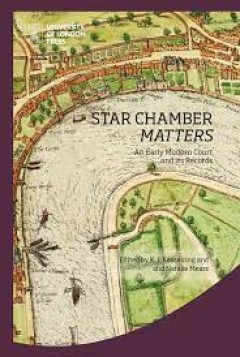
Star Chamber Matters An Early Modern Court and Its Records
An extraordinary court with late medieval roots in the activities of the king’s council, Star Chamber came into its own over the sixteenth and early seventeenth centuries, before being abolished in 1641 by members of parliament for what they deemed egregious abuses of royal power. Before its demise, the court heard a wide range of disputes in cases framed as fraud, libel, riot, and more. In s…
- Edition
- -
- ISBN/ISSN
- 9781912702909
- Collation
- -
- Series Title
- -
- Call Number
- -

Industrial Collaboration in Nazi-Occupied Europe: Norway in Context
This book brings together leading experts to assess how and whether the Nazis were successful in fostering collaboration to secure the resources they required during World War II. These studies of the occupation regimes in Norway and Western Europe reveal that the Nazis developed highly sophisticated instruments of exploitation beyond oppression and looting. The authors highlight that in compar…
- Edition
- 1
- ISBN/ISSN
- 978-1-137-53422-4
- Collation
- XXII, 465
- Series Title
- Palgrave Studies in Economic History
- Call Number
- 330 IND
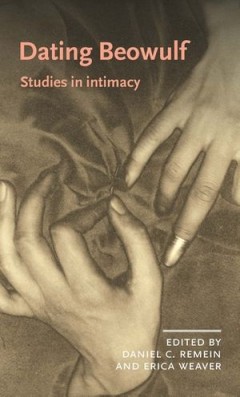
Dating Beowulf : Studies in intimacy
Featuring essays from some of the most prominent voices in early medieval English studies, Dating Beowulf: studies in intimacy playfully redeploys the word ‘dating’, which usually heralds some of the most divisive critical impasses in the field, to provocatively phrase a set of new relationships with an Old English poem. This volume presents an argument for the relevance of the early Middle…
- Edition
- -
- ISBN/ISSN
- 9781526136442
- Collation
- 344 halaman
- Series Title
- Manchester Medieval Literature and Culture
- Call Number
- 800 DAT

Power and Dysfunction: The New South Wales Board for the Protection of Aborig…
In 1883, the New South Wales Board for the Protection of Aborigines was tasked with assisting and supporting an Aboriginal population that had been devastated by a brutal dispossession. It began its tenure with little government direction – its initial approach was cautious and reactionary. However, by the turn of the century this Board, driven by some forceful individuals, was squarely focus…
- Edition
- -
- ISBN/ISSN
- 9781760464738
- Collation
- -
- Series Title
- -
- Call Number
- -

A Gentry Community Leicestershire in the Fifteenth Century, c.1422–c.1485
This book examines the fifteenth-century gentry of Leicestershire under five broad headings: as landholders, as members of a social community based on the county, as participants in and leaders of the government of the shire, as members of the wider family unit and, finally, as individuals. Economically assertive, they were also socially cohesive, this cohesion being provided by the shire commu…
- Edition
- -
- ISBN/ISSN
- 9780511560194
- Collation
- -
- Series Title
- Cambridge Studies in Medieval Life and Thought: Fourth Series (19)
- Call Number
- -
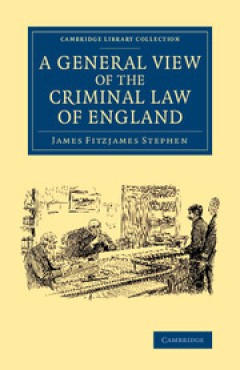
A Gentlewoman's Home The Whole Art of Building, Furnishing, and Beautifying …
Jane Ellen Panton (1847–1923) was the second daughter of the artist William Powell Frith, and an expert on domestic issues. First published in 1896, this is her guide to creating the 'dream house'. In it she draws on the experiences of Deborah and Dick, clients who sought her advice after looking unsuccessfully for a suitable home. The book is based on the notion that turning an existing buil…
- Edition
- -
- ISBN/ISSN
- 9781139381956
- Collation
- -
- Series Title
- Cambridge Library Collection - British and Irish History, 19th Century
- Call Number
- -

The Spanish Connection: French and Flemish Merchant Networks in Seville 1570�…
In early modern times, the city of Seville was the most important entrepôt between the Old and the New World, attracting numerous merchants from all of Europe. They provided the American market with European merchandise, especially with textiles and metalware from Flanders and France. This book investigates the networks of Flemish and French merchants in Seville, displaying overall structures …
- Edition
- -
- ISBN/ISSN
- 9783412225360
- Collation
- -
- Series Title
- -
- Call Number
- -
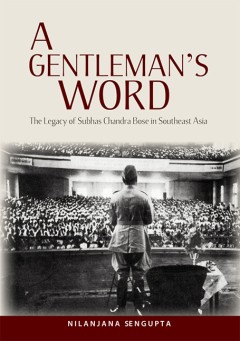
A Gentleman's Word The Legacy of Subhas Chandra Bose in Southeast Asia
The great Indian nationalist leader Subhas Chandra Bose arrived in Singapore in 1943 to revitalize the Indian National Army (INA). Taking the opportunity of the Japanese occupation of parts of Southeast Asia, he launched armed struggle against British colonial rule in India. Two years later, that attempt failed at the eastern gates of India. Yet, it was a temporary failure because the INA helpe…
- Edition
- -
- ISBN/ISSN
- 9789814379793
- Collation
- -
- Series Title
- Books and Monographs
- Call Number
- -
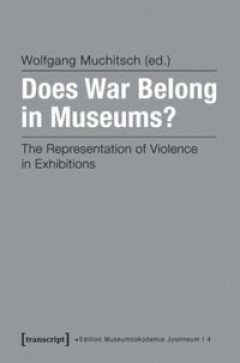
Does War Belong in Museums?: The Representation of Violence in Exhibitions
Presentations of war and violence in museums generally oscillate between the fascination of terror and its instruments and the didactic urge to explain violence and, by analysing it, make it easier to handle and prevent. The museums concerned also have to face up to these basic issues about the social and institutional handling of war and violence. Does war really belong in museums? And if it d…
- Edition
- -
- ISBN/ISSN
- 9783837623062
- Collation
- -
- Series Title
- -
- Call Number
- 708 WAR
 Computer Science, Information & General Works
Computer Science, Information & General Works  Philosophy & Psychology
Philosophy & Psychology  Religion
Religion  Social Sciences
Social Sciences  Language
Language  Pure Science
Pure Science  Applied Sciences
Applied Sciences  Art & Recreation
Art & Recreation  Literature
Literature  History & Geography
History & Geography